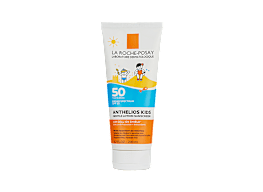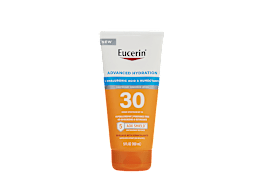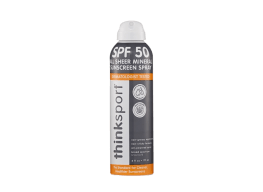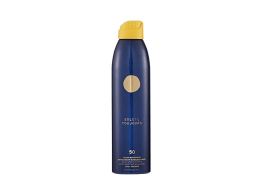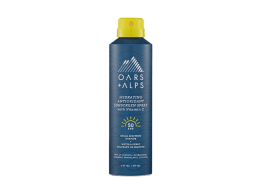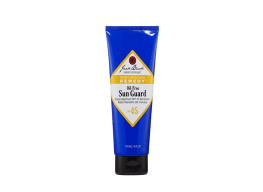Skin cancer is the most common cancer in the U.S., and the benefits of sunscreens outweigh potential risks from their ingredients.
That said, there have been a lot of worrisome reports about the health effects of so-called chemical sunscreens—those that contain one or more of a dozen chemical ingredients, such as avobenzone or oxybenzone, approved for use in the U.S. to filter the sun’s damaging UV rays.
In 2019, the FDA announced that it wanted more information on the safety of those ingredients, including whether they are absorbed systemically—through the skin into the bloodstream. That’s in part because Americans are now using a lot more sunscreen than in the past, and because today’s products contain more combinations and higher concentrations of the ingredients.
Soon after, FDA scientists published studies showing that six common chemical ingredients—avobenzone, homosalate, octinoxate, octisalate, octocrylene, and oxybenzone—do indeed get into the bloodstream.
The FDA stresses that absorption doesn’t mean these ingredients are unsafe, nor does it mean that consumers shouldn’t use sunscreens that contain them. But the amounts absorbed were higher than the level the FDA says would exempt them from safety testing, so more research is needed.
However, some of those chemicals may be more worrisome than others. Oxybenzone and, to a lesser extent, octinoxate have emerged as the biggest concerns. Preliminary research in animals suggests that oxybenzone might interfere with hormone production, which theoretically could affect fertility, puberty, and thyroid function. However, sunscreen research that has been done in humans hasn’t raised any major concerns.
Still, to play it safe, the American Academy of Pediatrics recommends that parents not use oxybenzone-containing sunscreens on children. And people of any age who want to avoid sunscreens with either of those chemicals can easily do so because manufacturers are now using them less often. The UV filters in each sunscreen are listed in our ratings. Very few of the products contain oxybenzone, and none have octinoxate.
CR’s experts say there is overwhelming evidence that sunscreen protects against skin cancer and other harmful effects of the sun, so consumers need to continue to use it on exposed skin while scientists do more research on the safety of sunscreen ingredients.
If you are concerned about the chemicals in sunscreen, you may wish to use a mineral (sometimes called natural) sunscreen. These contain only titanium dioxide, zinc oxide, or both as active ingredients, and there are no safety concerns about them, according to the FDA. But the downside of choosing a mineral product may be less protection. In our tests over the years, we have not found a mineral sunscreen that provides top-notch SPF and UVA protection and that has minimal variation from SPF.
Two other safety issues with sunscreens are retinyl palmitate and benzene. One large animal study found that retinyl palmitate, one of a group of chemical compounds related to vitamin A called retinoids, may become carcinogenic when exposed to light. But that hasn’t been studied in people. Taking pills that contain a different type of retinoid for skin conditions such as acne has been linked to birth defects. As a precaution, pregnant women may want to choose a sunscreen without the ingredient retinol palmitate or retinyl palmitate.
Benzene, a potential carcinogen, isn’t an ingredient in sunscreen, but it is a contaminant in spray sunscreens. How it gets into spray sunscreen isn’t known. In 2021, several sunscreens were recalled because of their benzene levels. None of the sprays in CR’s ratings were part of those recalls. (Read our article about the risks of benzene.) Sunscreen lotions are not known to contain benzene.
Environmental concerns also drive sunscreen choices. Here too, oxybenzone or octinoxate stand out. They’re the ones that are most often flagged as being potentially harmful to coral reefs.

















